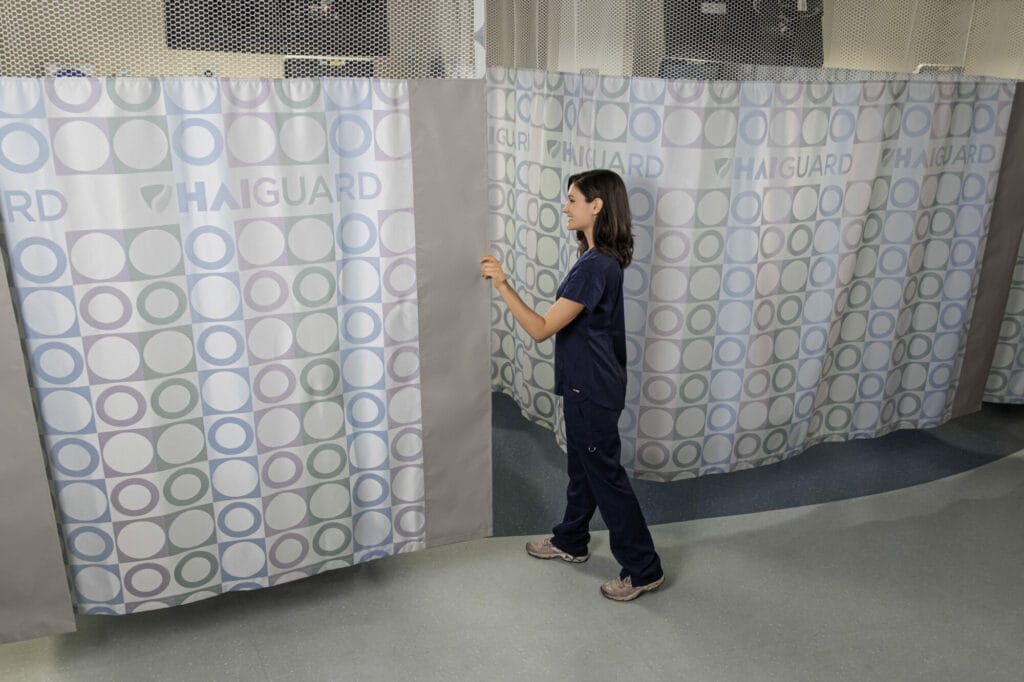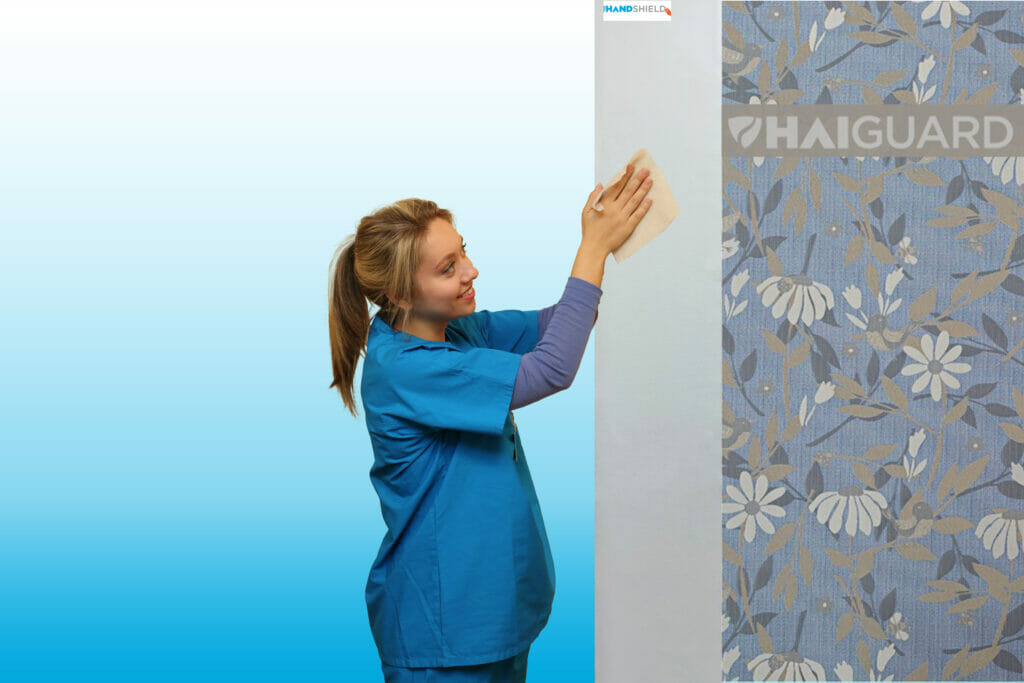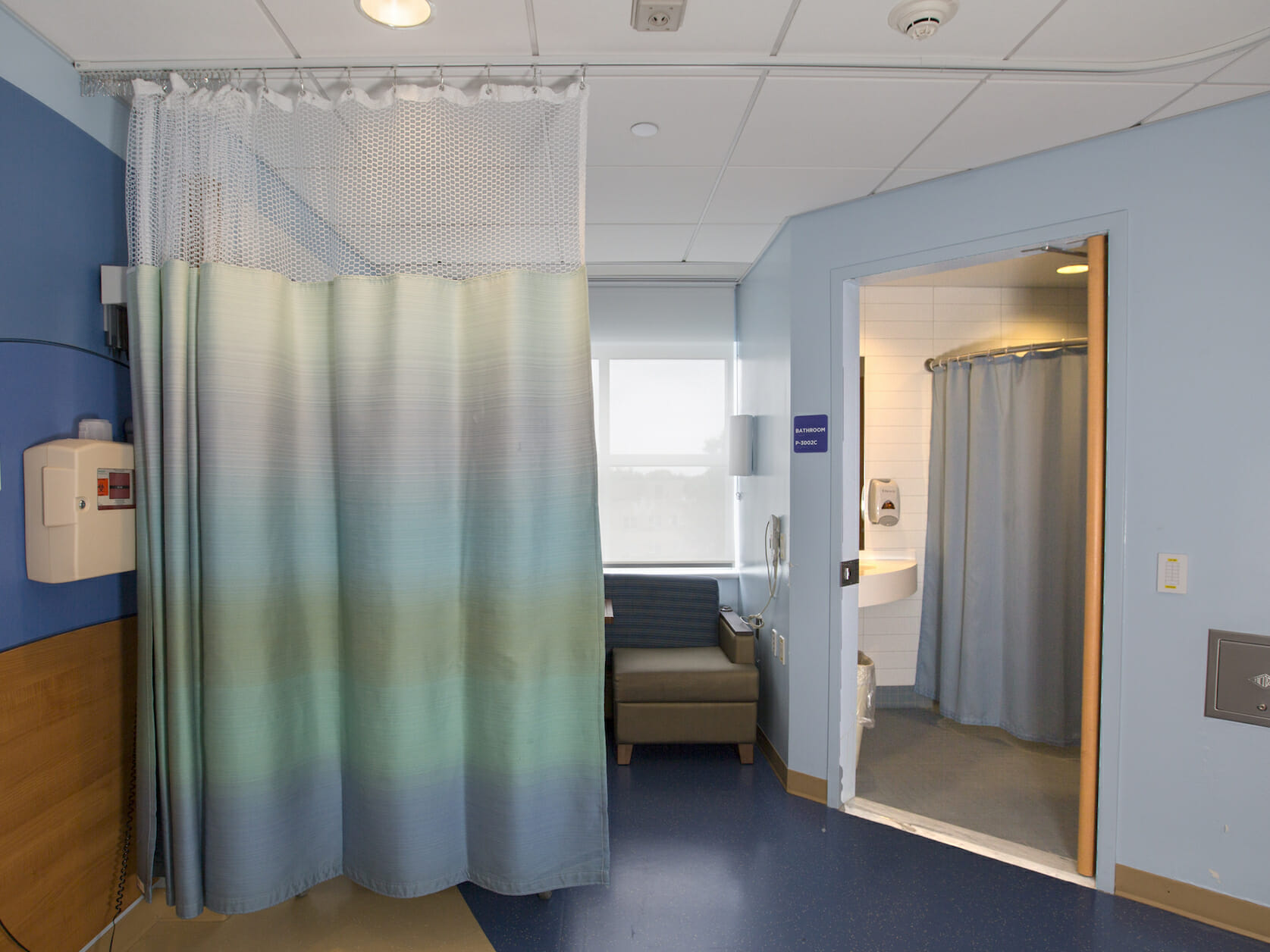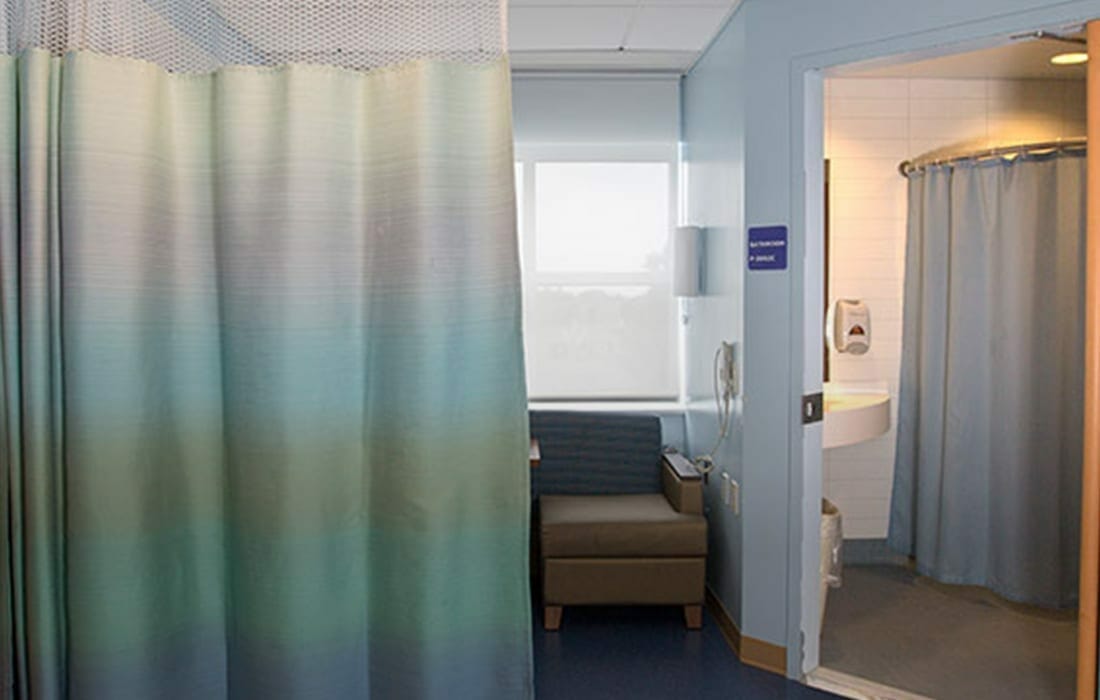In healthcare settings, patient care is the top priority. Hospitals continually invest in advanced medical technology, staff training, and facility upgrades to enhance outcomes. However, one often-overlooked element of hospital infrastructure is cubicle curtains. These partitions play a critical role in maintaining patient privacy, controlling infections, and improving the overall hospital environment. Upgrading hospital cubicle curtains can have a profound impact on patient care, from enhancing hygiene to boosting efficiency and patient satisfaction.
The Role of Cubicle Curtains in Patient Care
Cubicle curtains serve multiple purposes in hospitals, clinics, and other healthcare facilities. They create private spaces, shield patients from external disturbances, and act as barriers against the spread of bacteria and viruses. The effectiveness of these curtains, however, largely depends on their design, material, and cleanliness.
Enhancing Privacy and Patient Comfort
Privacy is a fundamental patient right and a cornerstone of dignified care. Hospital cubicle curtains provide a physical barrier that separates patients from each other and healthcare staff, allowing for confidential discussions and procedures without exposure to others. When patients feel secure in their environment, it can reduce stress, aid in recovery, and contribute to a better overall healthcare experience.
Moreover, modern curtain designs incorporate noise-reducing features, minimizing the disruption from surrounding activities. This small but significant improvement helps patients rest more comfortably, which is essential for recovery.

Infection Control and Hygiene
Hospital-acquired infections (HAIs) are a major concern in healthcare facilities, with bacteria and viruses spreading through high-contact surfaces, including cubicle curtains. Traditional fabric curtains can harbor pathogens if not cleaned or replaced regularly, increasing the risk of infections among patients and staff.
The Importance of Antimicrobial and Easy-to-Clean Curtains
Upgrading to antimicrobial curtains can significantly reduce bacterial contamination. These curtains are designed with special coatings or infused with antimicrobial agents that inhibit the growth of harmful microorganisms. Additionally, choosing easy-to-clean or disposable curtains simplifies the maintenance process, ensuring compliance with hygiene protocols and reducing the risk of HAIs.
For a comprehensive approach to maintaining compliance, hospitals can benefit from a curtain compliance program. Implementing structured cleaning and replacement schedules can enhance infection control and ensure safer environments for both patients and healthcare workers.
Improving Staff Efficiency
Efficiency in hospitals is crucial for delivering timely and effective care. Old or poorly designed curtains can slow down staff operations, whether due to cumbersome handling, difficult cleaning processes, or frequent replacements.
Time-Saving Features of Modern Curtains
Newer hospital curtains offer innovative features like:
- Quick-change systems: Easy-to-replace panels reduce the time required for cleaning or swapping curtains, allowing staff to focus on patient care.
- Hand shield curtains: These curtains provide an additional layer of protection and are designed for enhanced hospital hygiene. Read more about their benefits.
- Durability and longevity: Investing in high-quality, durable materials reduces the frequency of curtain replacements, leading to cost savings and efficiency improvements.
The Psychological Impact on Patients
A hospital’s environment plays a significant role in patient well-being. Cold, sterile surroundings can increase anxiety and discomfort, while warm, aesthetically pleasing designs promote relaxation and healing.
Designing for a Healing Environment
Modern cubicle curtains come in various colors, patterns, and textures, helping to create a welcoming atmosphere. Soft, natural colors and soothing designs contribute to a more positive hospital experience, which can lead to improved patient outcomes.
Compliance with Healthcare Regulations
Hospitals must adhere to strict regulations regarding hygiene, fire safety, and infection control. Failure to comply can result in legal issues, increased infection rates, and compromised patient safety.
Meeting Standards with Upgraded Curtains
By upgrading to high-quality, compliant curtains, hospitals can meet industry standards and ensure a safer healthcare environment. Comparing different options, such as cubicle curtains vs. hand shield curtains, can help facilities choose the best solution for their needs. Explore the differences here.
Cost Savings in the Long Run

While upgrading cubicle curtains requires an initial investment, it can lead to significant cost savings over time. High-quality, antimicrobial curtains last longer and require less frequent replacement, reducing operational costs. Additionally, improved hygiene lowers the risk of HAIs, decreasing hospital expenses related to extended patient stays and additional treatments.
The Value of Investing in Quality Curtains
Hospitals that prioritize high-quality curtains not only benefit from enhanced patient care but also from a more efficient, cost-effective system that minimizes unnecessary expenditures.
Upgrading hospital cubicle curtains is a simple yet highly effective way to enhance patient care, improve hygiene, boost efficiency, and create a healing environment. By investing in antimicrobial, easy-to-maintain, and aesthetically pleasing curtains, hospitals can ensure a safer and more comfortable experience for both patients and staff.
For healthcare facilities looking to improve their curtain systems, prioritizing compliance, durability, and innovative designs can lead to long-term benefits in patient satisfaction and operational efficiency.








